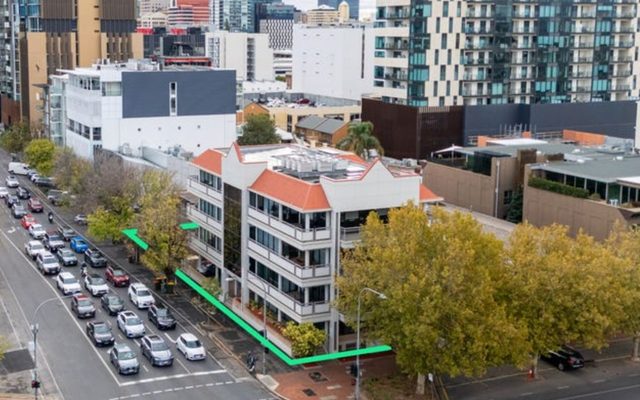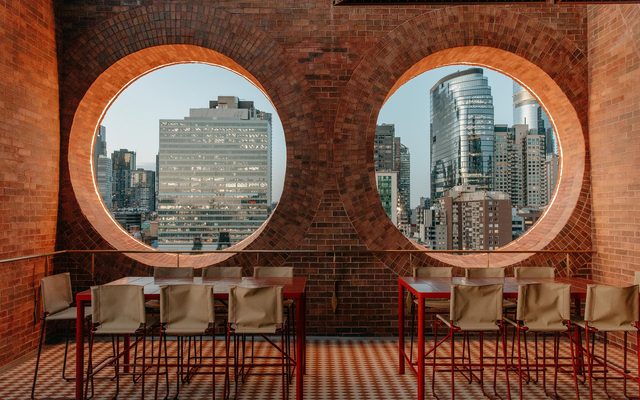This article is from the Australian Property Journal archive
WORKERS are increasingly making the commute back into the office, as CBD office occupancy continues to rise and COVID concerns wane.
According to the Property Council of Australia’s latest Office Occupancy Survey, office occupancy lifted across most CBDs over September, with Brisbane leading the pack and climbing from 57% to 70%.
Adelaide still holds the mantle for the highest rate of occupancy, increasing from 71% in August to 78% over September.
While Perth saw a lift from 69% to 76%, Sydney held steady at 52%, Canberra recorded a 10% drop from 64% to 54%, but Melbourne still reported the lowest rate, despite rising from 39% to 41%.
“We expected to see office occupancy lift after the winter Omicron wave subsided and that’s what we have witnessed in most capital cities around Australia,” said Ken Morrison, chief executive at the Property Council.
“It’s especially encouraging to see office occupancy jump significantly in several major CBDs, but the results are a lot lower in Melbourne and Sydney which has more lockdown disruption through the pandemic.”
The survey also revealed that occupancy rates are continuing to see significant gaps between peak days and low days.
For example in Perth peak occupancy days reached 84%, while low days were down to 68%. With a low day in Melbourne at just 25% occupancy.
“Melbourne’s peak occupancy day increased by 9 per cent from the previous month, which is a positive sign despite the overall occupancy rate remaining subdued,” added Morrison.
Both Canberra and Melbourne hit 60% occupancy on peak days, while Adelaide reached 83%, Brisbane 79% and Sydney at 65%.
The preference for greater flexibility including working from home was still a found as a major factor for occupancy levels, up from 64% to 83%.
While health concerns are increasingly falling out of mind, dropping from 30% in July to just 4% in September.
“With warmer weather now upon us and the Omicron wave subsiding significantly, it bodes well for continued momentum in the months ahead,” concluded Morrison.


















